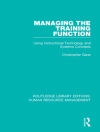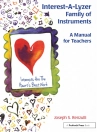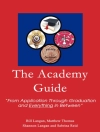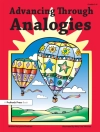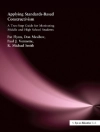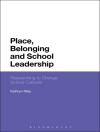This scholarly work appears at a crucial moment in South Africa. With the country now democratically independent for close to 20 years, the authors provide a comprehensive description of schooling and overall education, that allows the reader to see if or how the wide social development gaps that existed during the apartheid period are changing. This book is a rare academic contribution to the current linguistic and culturally rich classroom that teachers now work in daily. The authors report that some teachers are flummoxed by what they find, newly trained teachers seem better prepared, while others bring old but good teaching habits into the classroom. Overall, this book, rooted as it is in meticulous, long-term ethnographic classroom observations and multiple teacher interviews, shows that what is effective for the learning of learners is not by any means detachable from demographic, economic or political contexts. With that in mind, the book`s intentions and structure are clear, and the initial historical analyses provide insight to the important linguistic, social and cultural connections or disconnections present in contemporary South Africa.
Tabla de materias
Illustrations; Acknowledgements; Abbreviations; Preface; 1. Linguistic diversity in the classroom: Historical roots of the challenge and opportunity; 2. Intersection worldviews; 3. Language policies: What are the roots and current directions?; 4. Language, pedagogy and politics intersect in the classroom; 5. Inside classrooms: Visual messages; 6. Global change: Challenge or opportunity for South Africa’s teachers?; References; Index.


